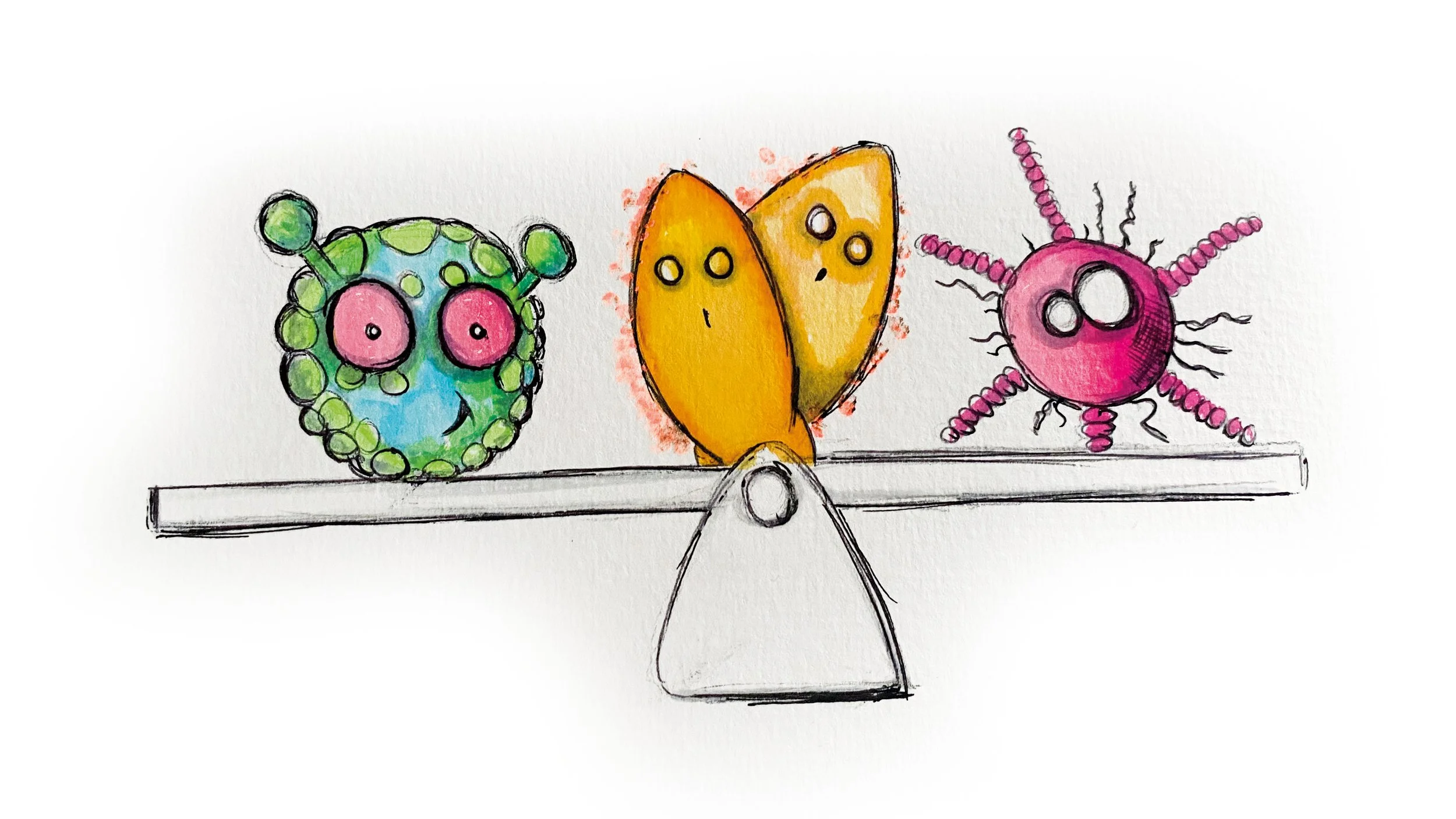Wanted: Dead or Alive — How Microbes Keep Carbon in the Ground
Wanted: Dead or Alive — How Microbes Keep Carbon in the Ground
When it comes to carbon, the true heroes of the soil are wanted dead or alive.
They don’t wear white coats or work in laboratories — they live beneath our feet. Trillions of microbes, each playing their part in the greatest carbon story on Earth.
🌱 The Living Workforce Beneath Us
Alive, these microbes form the soil’s invisible workforce.
They feed on plant sugars exuded by roots — a process known as rhizodeposition — transforming this “liquid sunlight” into microbial biomass.
In doing so, they link plants and soil in a beautiful exchange: plants capture carbon from the air, and microbes help store it underground.
Every breath, bite, and life cycle of these microbes is a small act of carbon movement — from atmosphere to soil.
💀 The Gift of the Dead
But the story doesn’t end when they die.
In fact, their greatest contribution to the planet might come after their final breath.
When microbes die, their carbon-rich cell walls and proteins bind to minerals like clay and silt, forming mineral-associated organic matter (MAOM) — the most stable form of soil carbon.
This carbon can stay locked underground for decades, even centuries.
It’s the quiet, natural process of carbon sequestration happening beneath our boots every single day.
Dead microbes, quite literally, keep the planet alive.
♻️ Bokashi: Microbial Farming in Action
Here’s where Bokashi steps into the story.
Bokashi fermentation — powered by Effective Microorganisms (EM) — is a way of harnessing and multiplying these natural processes.
Instead of letting organic waste decompose aerobically (releasing CO₂ and odours), Bokashi works anaerobically — using beneficial microbes to ferment food waste into a living, carbon-rich pre-compost.
When added to soil, this fermented material ignites a microbial explosion, feeding and multiplying soil life.
More microbial activity means more carbon cycling, more carbon locked in, and healthier, more resilient soil.
Each Bokashi bucket becomes a micro carbon factory — turning food waste into microbial biomass, and microbial biomass into stable organic carbon.
It’s regenerative farming in miniature form.
🌍 Why This Matters
Microbial-driven farming isn’t just a trend — it’s a climate solution.
By cycling more microbes through our soils, we:
✅ Build soil structure and fertility
✅ Increase nutrient density in crops
✅ Improve water retention and biodiversity
✅ And crucially, store more carbon where it belongs — in the ground
This is how photosynthesis becomes soil — and how everyday actions, from composting to Bokashi fermentation, can help restore balance to the planet.
🪶 The Takeaway
Microbes are wanted — dead or alive.
Alive, they build the system.
Dead, they lock in its legacy.
The more we work with them — in our gardens, farms, and food systems — the more life we return to the soil and stability we give the climate.
At Agriton, we believe that small microbial actions create big planetary impacts.
Because in the end, it’s true: dead microbes keep the planet alive.


